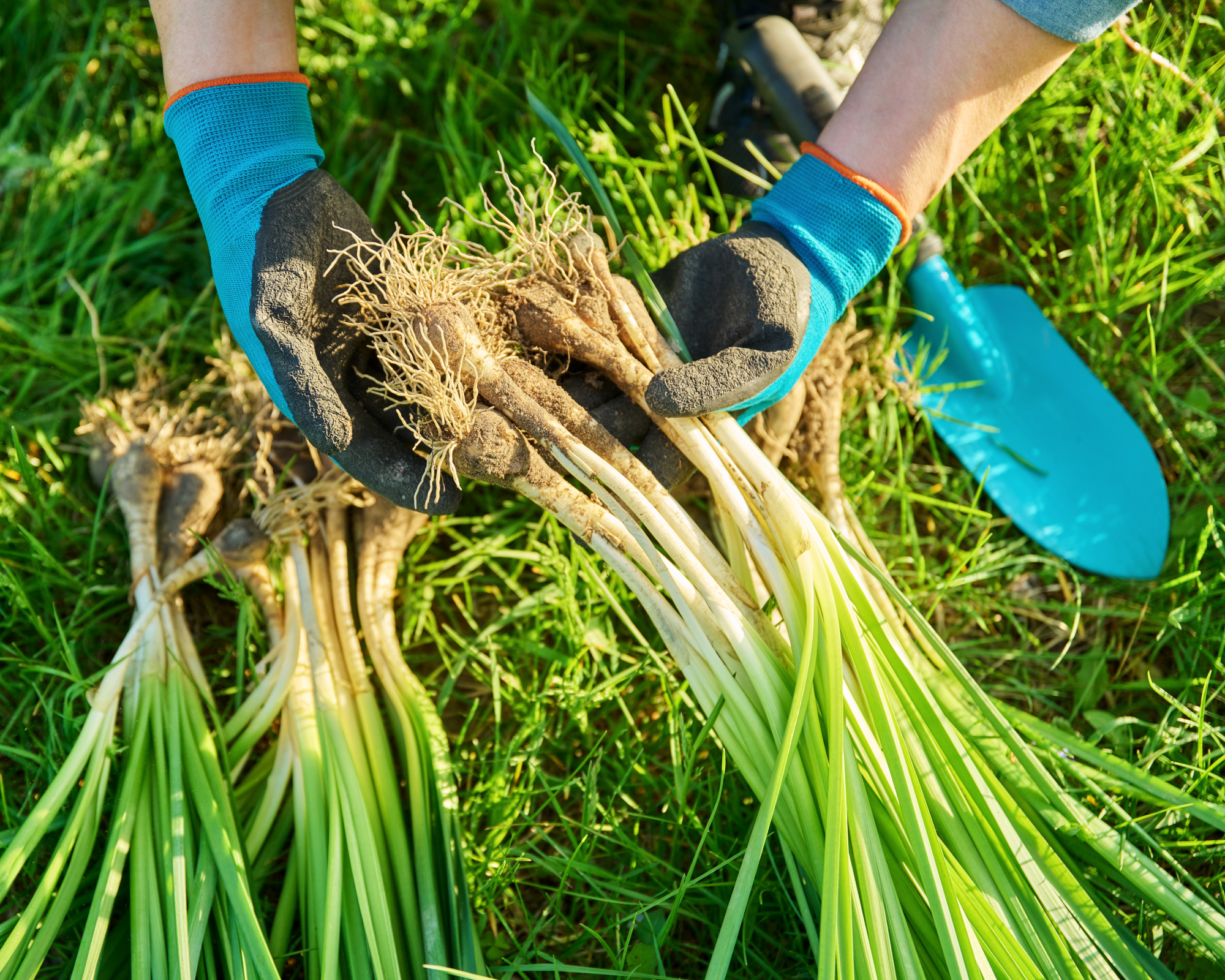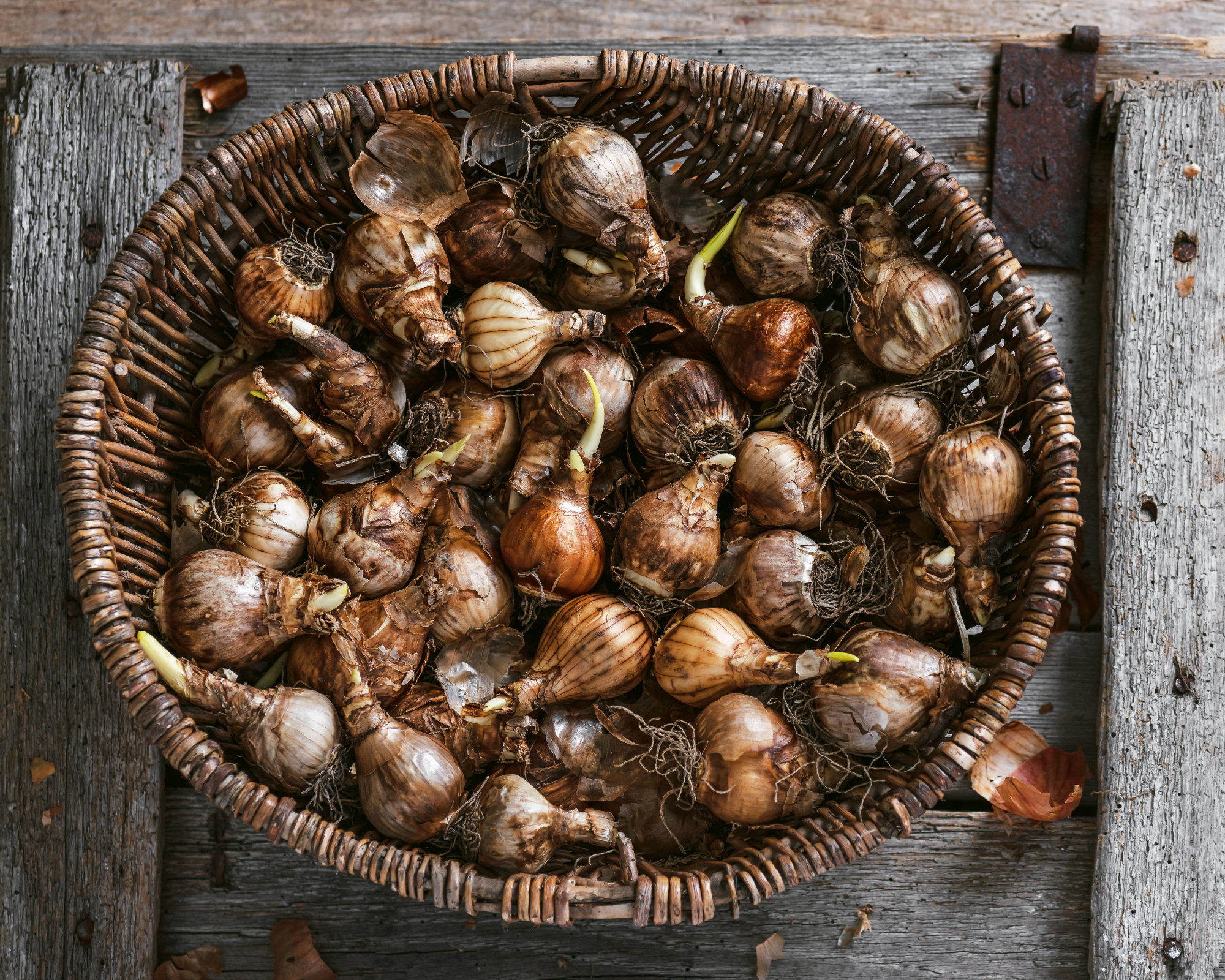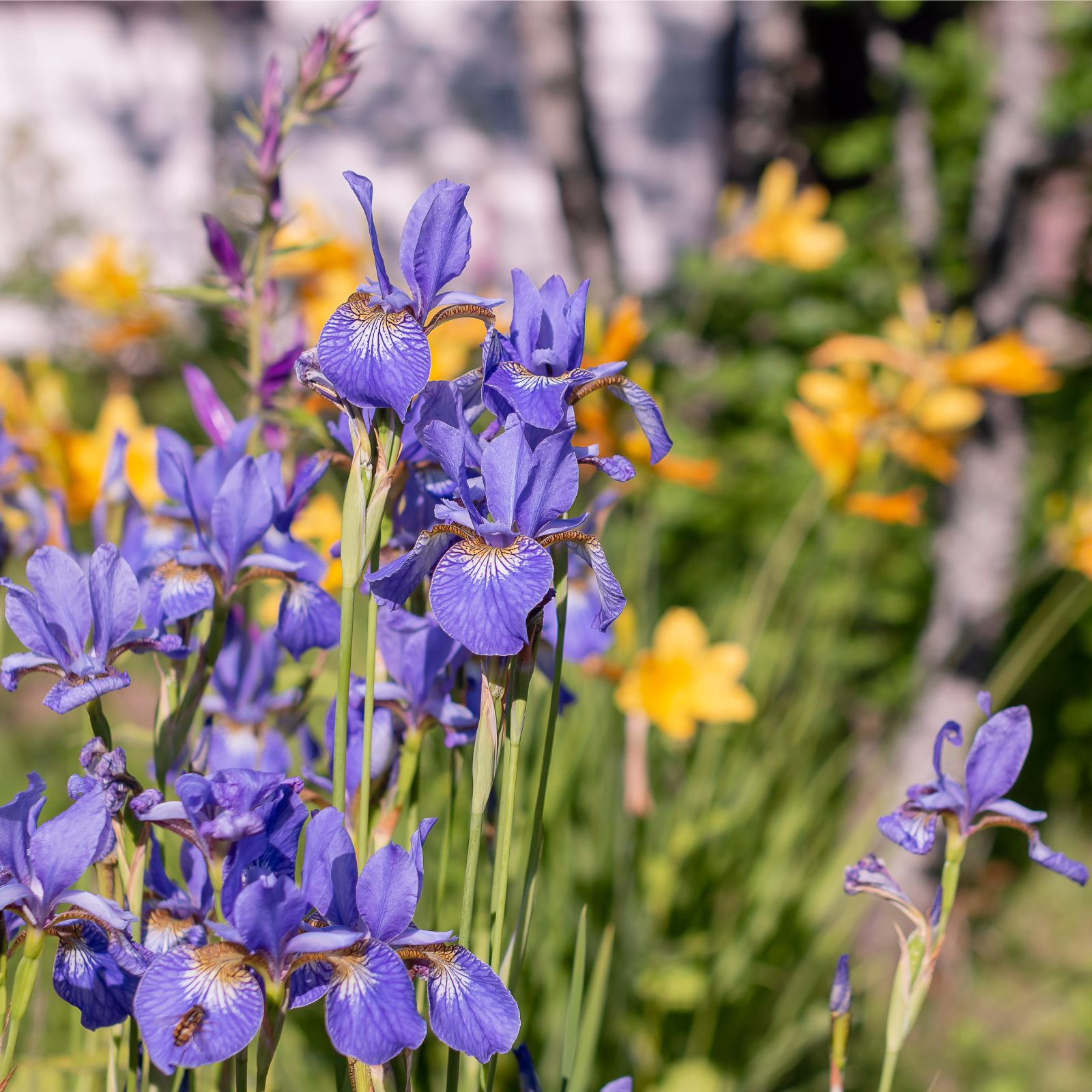How & When To Divide Daffodils For More Uplifting Bursts Of Sunny Spring Color
Grow more of your favorite spring bulbs by learning how and when to divide daffodils. Share sunny blooms with family, friends, or expand your own collection!


Daffodil plants, when properly cared for, multiply in number. Most varieties perennialize and over the years will fill in a large area with their sunny spring blooms. That’s why learning how and when to divide daffodils is a worthwhile endeavor. You can move divided plants to other parts of the garden to spread their sunny spring color or share some of your favorite bulbs with friends, family, or neighbors.
Splitting daffodil bulbs is part of good daffodil care and can play an important role in the growth and the revitalization of established plants. Let’s explore how and when to divide daffodils, and take a look at post-transplant care to ensure your bulbs keep coming back for years to come.
Do You Need to Divide Daffodils?
Daffodil bulbs, when planted in large numbers, are likely to flourish season after season. However, their growth and ability to naturalize and produce bulbs varies greatly by type.
While some daffodil varieties are able to grow for decades, multiplying slowly over time, others are much more likely to spread. The spreading ability of naturalizing or perennializing bulbs greatly impacts the need and frequency for dividing and transplanting.
Though daffodils can quickly fill beds with color, overcrowded plants will decrease in flower production over time. This makes dividing and transplanting daffodils important for good blooming and maintaining plant health.
Only divide and transplant healthy, established daffodils. Daffodils that aren’t blooming because they're too young or not healthy do not tolerate transplanting well. You can sometimes get bulbs to recover in a year or so and the blooms will gradually improve, though this process requires some patience.

When to Divide Daffodils
Determining when to move daffodils depends on a variety of factors. As a rule, dividing and transplanting daffodils every three to five years is sufficient to keep plants healthy. Once you dig up the bulbs and spread them out, they often cover twice as much area as the original number with two or three times as many bulbs as were originally planted.
Sign up for the Gardening Know How newsletter today and receive a free copy of our e-book "How to Grow Delicious Tomatoes".
What time of year is best to divide daffodil bulbs? Though you can technically move plants anytime, it’s best to do so while plants are dormant. This helps prevent undue stress and results in the best chance of success.
The best time is when the foliage has begun to die back, but is not completely gone. Leaving foliage feeds the plant and ensures healthy bulbs with plenty of stored sugar for the next season's growth.
Summer is generally considered ideal, as plants have already started to die back naturally. It is also possible to lift and divide daffodils in the fall, but trying to find bulbs that have completely died back can prove difficult.
How to Divide Daffodils
A large shovel is the best tool for dividing daffodils. Dig around plants and lift the clump gently. The idea is to not cut into the bulbs, which can invite rot and mildew.
Once you have lifted the clump, brush and shake off the excess dirt. Pull apart the bulbs. They should separate easily. Any little bulbs still clinging to the parent bulb should be allowed to mature and separate naturally, so don't force them apart. Discard any that are diseased or damaged.

How & When to Transplant Daffodils
You can plant divided daffodil bulbs immediately or store them for the summer and transplant in fall. If the leaves are still healthy after dividing, leave them to continue gathering solar energy. If foliage is dead, cut back daffodil leaves before transplanting bulbs.
An easy way to remember proper bulb planting depth is that you plant bulbs twice as deep as they are tall. Space daffodil bulbs at least 6 inches (15 cm) apart. Water divided daffodils after transplanting. This helps promote root development through summer and into fall.
Plants have already gathered and stored energy in their bulbs for the current growing season, so fertilizing daffodils is not necessary at this time. You can give plants a light layer of mulch to help them conserve moisture and protect them from heaving through the winter.
Storing Divided Daffodil Bulbs
Many gardeners dividing daffodils in summer choose to store their bulbs before planting. To do so first clean, dry, and cure daffodil bulbs.
Remove any excess soil with dry hands. Wetting or rinsing bulbs can encourage mold, so avoid cleaning them off with water. Lay divided bulbs across a newspaper, drying rack, or screen to cure.
Pack dried bulbs into paper bags or boxes, allowing for good air circulation. Store bulbs in a cool, dry, dark place throughout the duration of summer. A garage is a perfect spot. When fall arrives, plant your divided daffodil bulbs.

Frequently Asked Questions
Can you divide daffodil bulbs in the fall?
Divide daffodils once plants are dormant. Dig them up in summer, just after foliage has started to die back to the ground. Transplant them immediately or store them until fall to transplant daffodils then.
How often should you divide daffodils?
Frequency can vary. While some types grow quickly, others may multiply at a much slower rate. Most daffodils, however, benefit from division every 3 to 5 years.
What happens if you don’t divide daffodils?
As daffodils continue to grow, plants are likely to become overcrowded. This results in competition for water and other nutrients and can cause a decrease in blooms. Division can help rejuvenate established planting beds and allow new plants to mature and multiply.
This article features products available from third party vendors on the Gardening Know How Shop. Keep in mind that our plant inventory is limited—so if you’re thinking of purchasing, don’t wait!

Tonya Barnett has been gardening for 13 years. Flowers are her passion. She has transformed her backyard into a cut flower garden, which she regularly chronicles on her YouTube channel http://www.youtube.com/@tonyawiththeflowers.
- Bonnie L. GrantWriter
- Laura WaltersContent Editor
